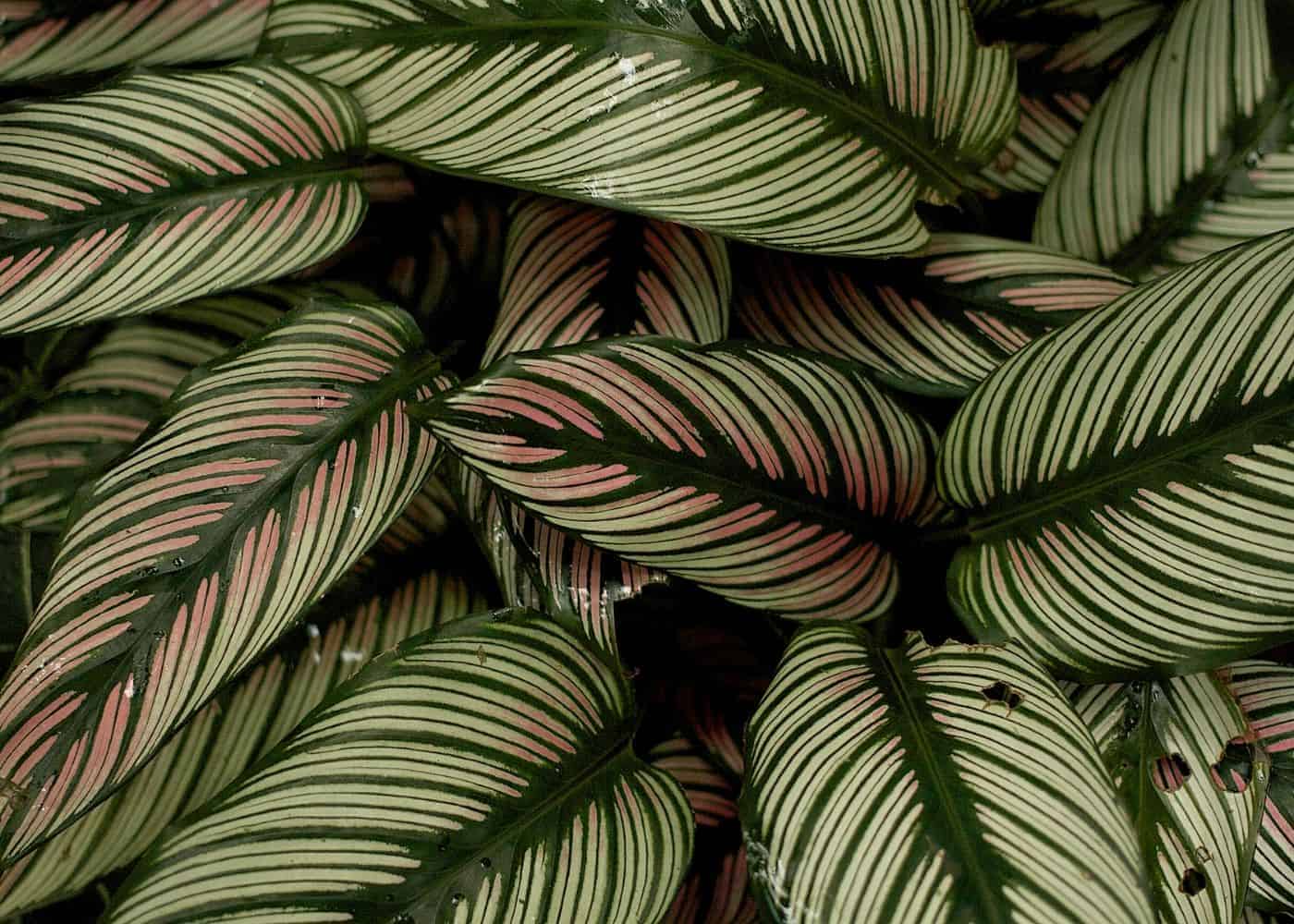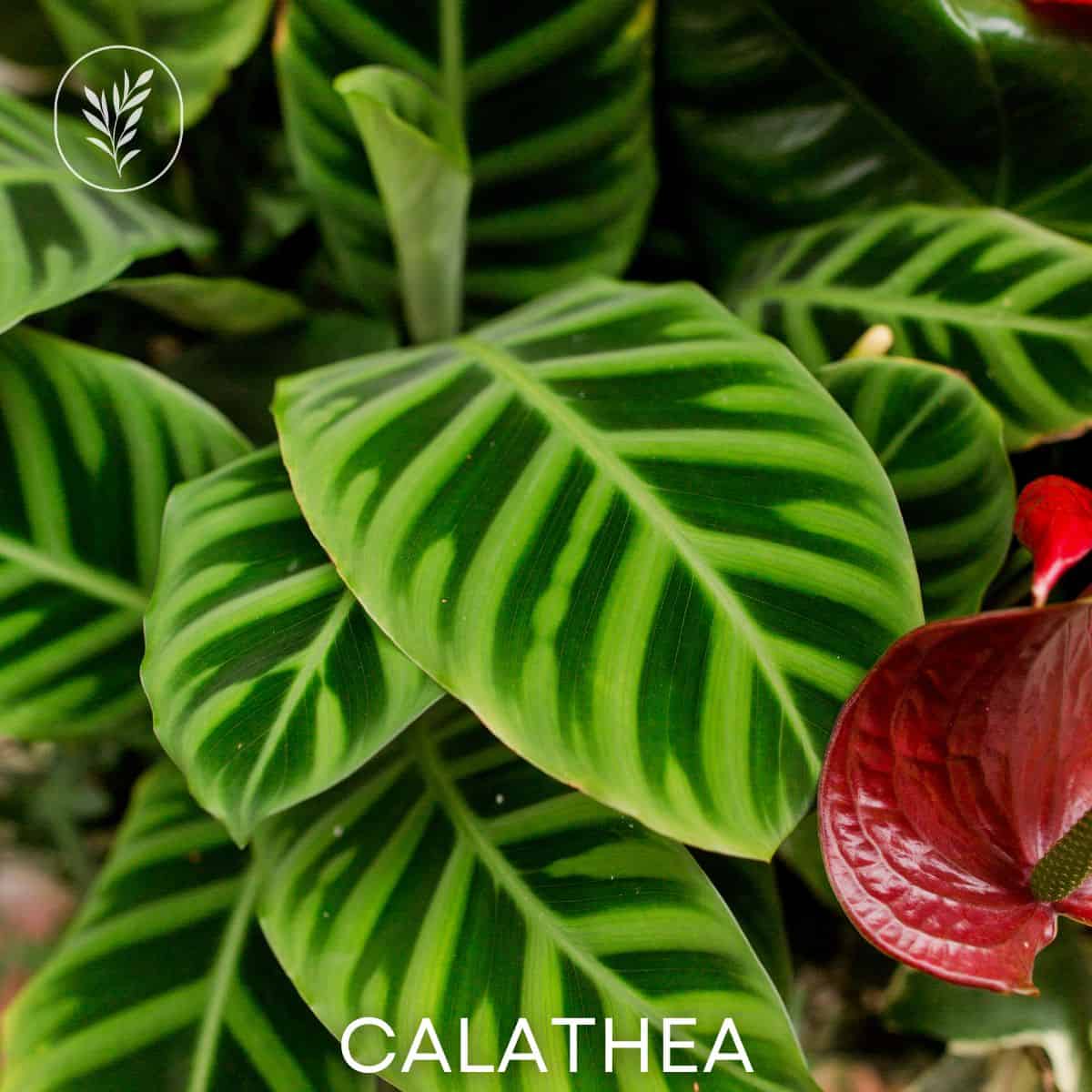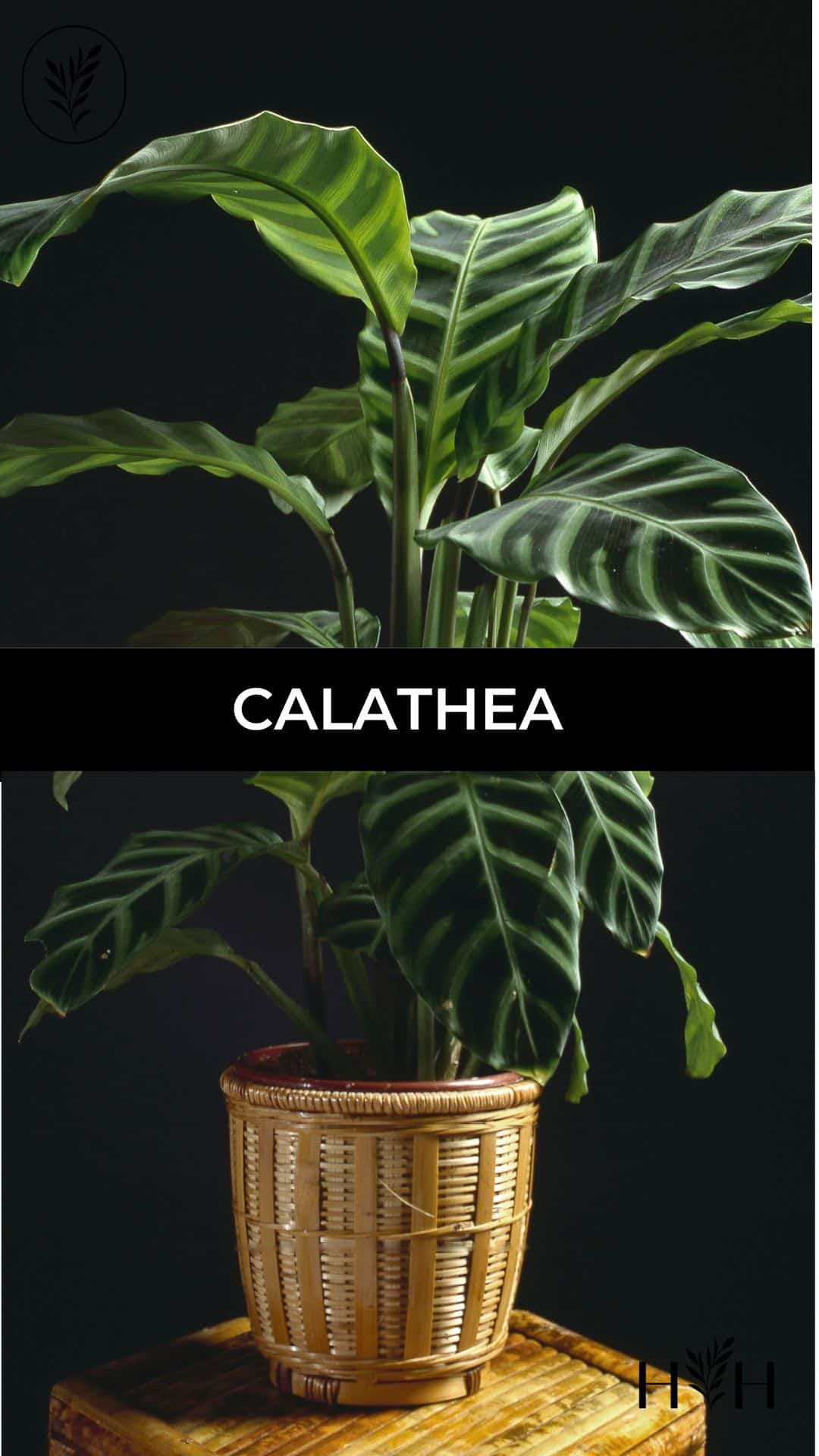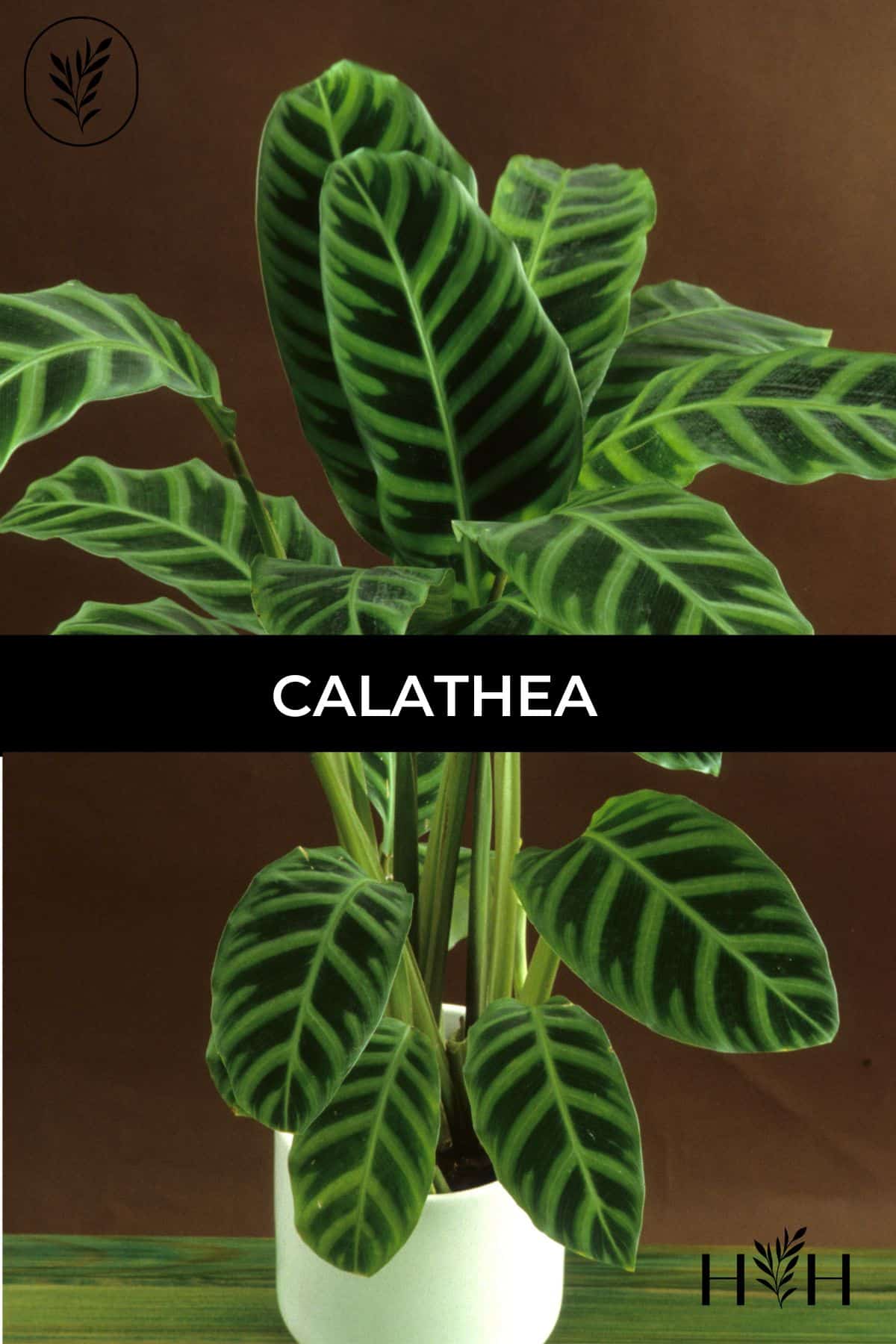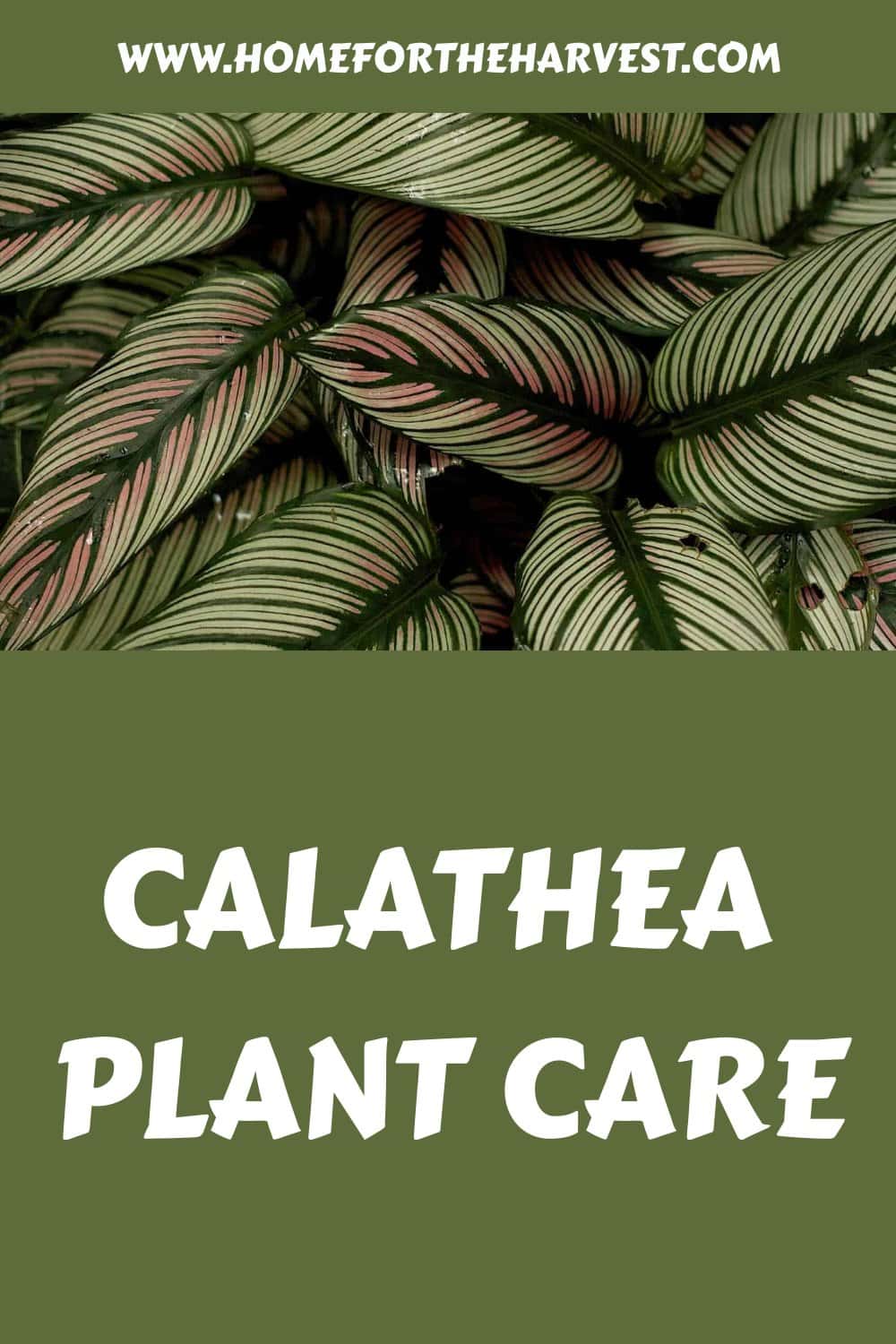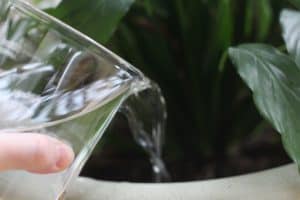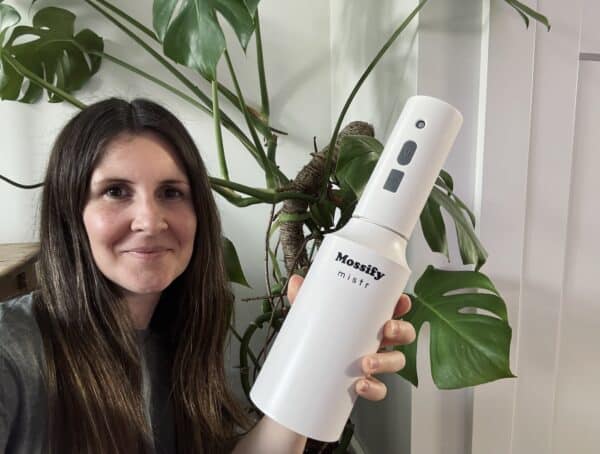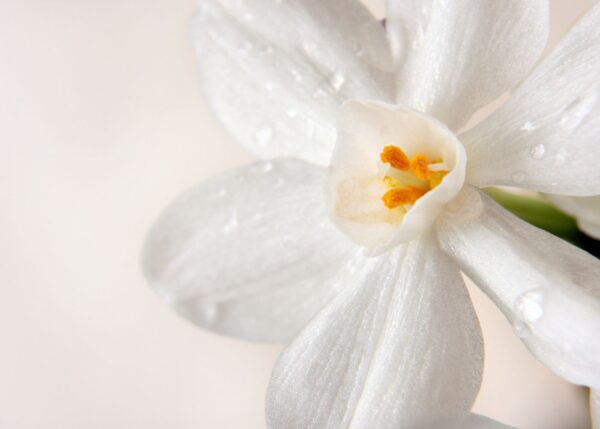If you want to know everything about the Calathea plant, then you have come to the right place! There is much to learn about it, such as which family it belongs to, where it originated, and how to care for it.
Calathea is a tropical plant in the Marantaceae family that originates in South America. This tropical plant was introduced from the wild in the 1970’s and became known for its deep green foliage. Some varieties have stripes, variegation, and colorful leaf undersides. Calathea are now common houseplants, growing well in low-light indoor areas with high levels of humidity.
Keep reading to learn more about the Calathea plant.
Calathea plant basics
Calathea plants belong to the Marantaceae botanical family. This plant originated in the Amazon, where it was surrounded by shade and other tropical plants. Because calathea plants are native to tropical forests, they prefer to be in shade and humidity, making them the perfect indoor plant.
These plants are known for their foliage. They are an impressive shade of green and many produce beautiful flowers. They are commonly called praying plants since their leaves fold in together at night (similar to their relative the Prayer Plant – Maranta leuconeura), resembling hands praying. Calathea plants are non-toxic to many common pets including cats and dogs (Source: ASPCA).
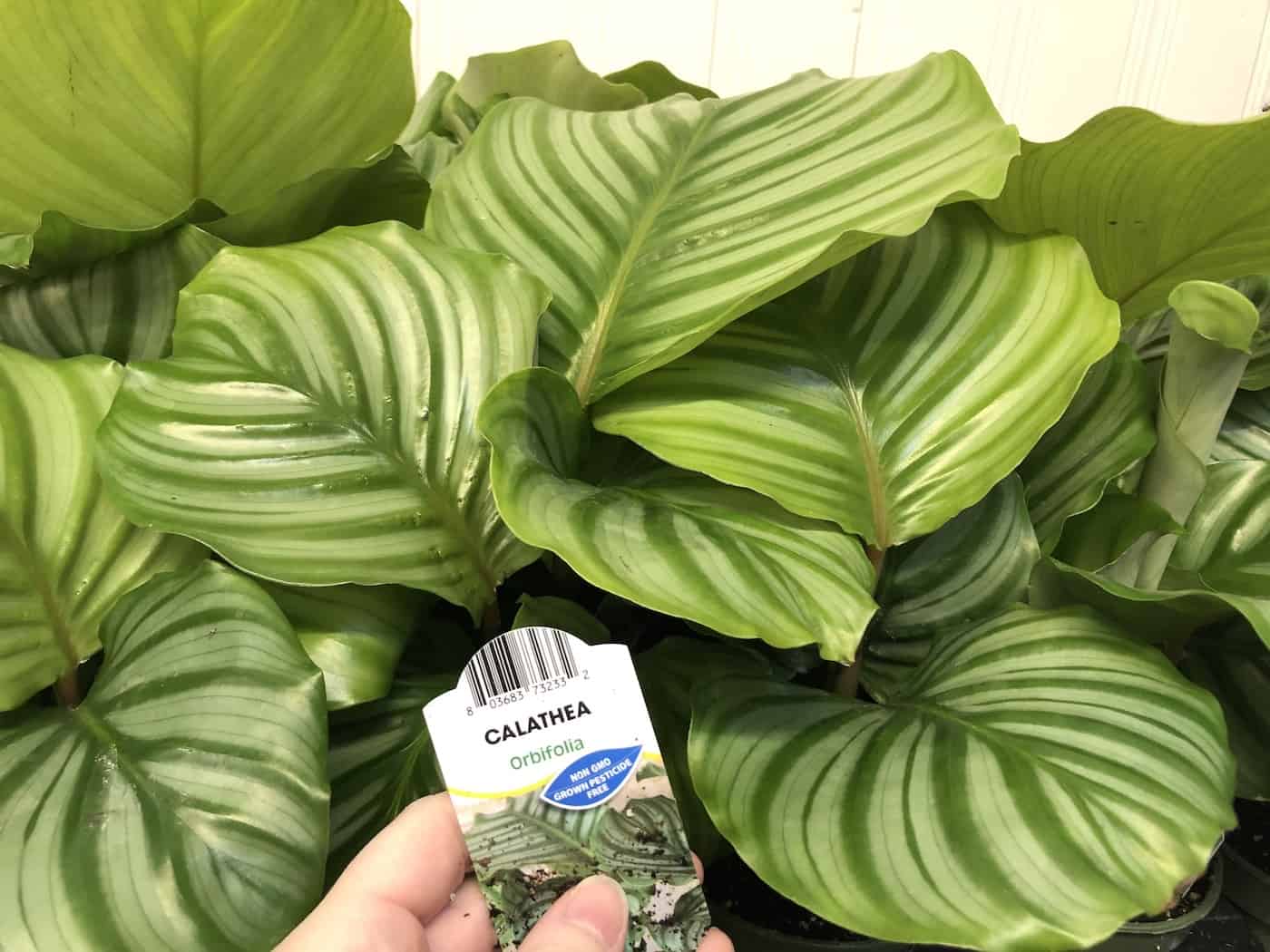
Calathea varieties
There are over 50 different species of Calathea plants and countless cultivars. Here are some popular Calathea varieties to consider:
- Rattlesnake Calathea (Rattlesnake Plant)
- Peacock Plant (Calathea makoyana)
- Calathea Orbifolia
- Calathea Vittata
- Pinstripe Calathea (Calathea ornata)
- Rose Painted Calathea (Calathea roseopicta)
- Eternal Flame Calathea
- Furry Feather Calathea
- Calathea lancifolia
- Calathea utilis
- Calathea zebrina
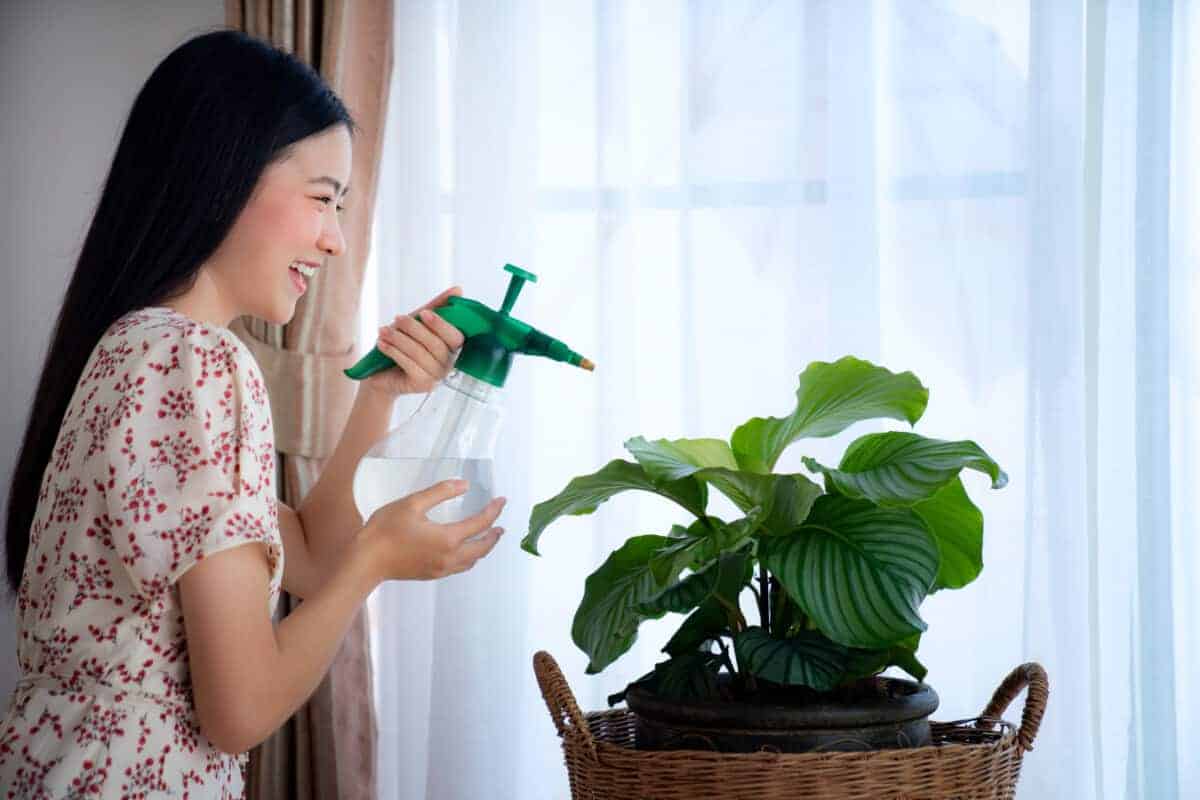
Caring for Calathea plants
Calathea is a low-maintenance tropical plant that thrives as an easy houseplant.
Light requirements for Calathea houseplants
Calathea plants are tolerant of low light conditions but thrive in bright indirect light. They grow in dense jungles and forests, making them accustomed to life in the shade. While they still need some light, they do best when they receive it indirectly and in limited amounts. The darker the foliage on the plant, the less light it needs.
Calathea plants are wonderful to grow indoors. This is because they can grow almost anywhere inside your house. As long as they have access to some light, they will thrive. Most indoor environments, however, tend not to have enough light for these plants to truly thrive. For the best results, add supplemental lighting with a plant light (LEDs work well).
Be careful your Calathea plant is not receiving too much harsh direct sunlight. Too much light (like outside on a sunny patio) will burn its foliage and cause damage to the leaves. Look for a source of medium indirect light for the best results. You also don’t want the foliage to get too close to a plant light, as it can burn the foliage.
How to water Calathea plants
Calathea plants do not need too much water. They require little care in terms of watering, and they only need to be watered once a week. They do not enjoy being in an overly wet habitat and they will drown if they are watered too much. These plants can generally be watered with plain tap water but may do better when watered with clean rainwater.
They also do not do well, however, if they are in an overly-long drought. If they do not get enough water on a regular basis, then you may start to notice the leaves starting to turn different colors.
Once you notice that the top 2 inches of the soil are dry, then it is time for another watering session. Use a watering can with a skinny water spout to water your Calathea. Try not to get the foliage wet. Water only the soil surface.
Temperature requirements for Calathea plants
Calathea plants do well in a variety of temperatures. They do best in warm temperatures and cannot do well if it is too cold. They are used to temperatures between 65-80 degrees Fahrenheit and should not be kept in temperatures lower than this.
Indoor humidity levels for Calathea
Humidity is a requirement for Calathea plants. Without high humidity, they will not be able to survive. Calathea plants grow best in humidity levels of 50-60%, which is higher than what many people keep their houses at. If your house is kept at a lower humidity level, that is okay.
There are different methods for increasing the humidity level of a plant, such as using a humidifier or grouping the plants in a high-humidity zone. Some indoor gardeners mist the plants with a handheld plant mister, but household humidifiers tend to be much more effective.
Potting soil for Calathea plants
Calathea plants need potting soil with high amounts of drainage. If the potting medium does not drain properly, then the chances of diseases are increased. A soil pH of 6.5 is recommended, which is common for most high-quality potting mixes. Look for free-draining potting soil that does not retain too much moisture.
Calathea fertilizer
Calathea plants grown indoors require supplemental nutrients as they are grown outside of their natural ecosystem. Look for an indoor plant food formulated for tropicals and apply it according to directions.
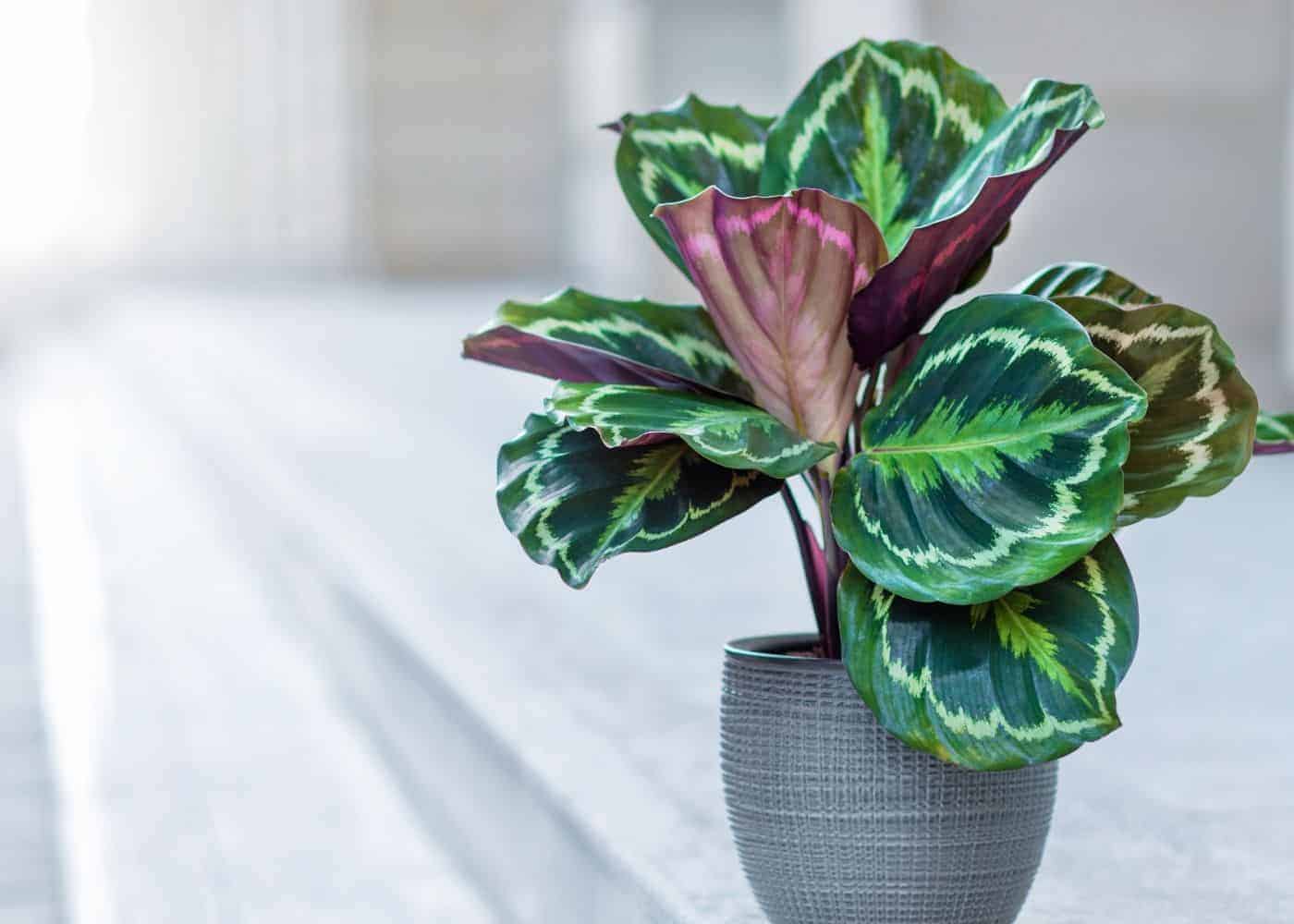
Planter pots for Calathea plants
The most important part of picking a planter pot is ensuring that it has drainage holes. Having drainage holes at the bottom will allow the soil to drain enough water so that way the roots do not drown. In addition, make sure that the pot is large enough so they have room to grow. Do not pick a pot that’s less than 6-8 inches deep, if possible.
Common pests affecting Calathea plants
Unfortunately, Calathea plants are susceptible to a variety of pests. The most common pest is the spider mite, as they are attracted to the foliage of the plant. You can give your plant a gentle shower in the sink to knock off the majority of them, and then spray the stems and leaves with an organic bug spray if needed.
Thankfully, damage from spider mites does not have to lead to the plant’s demise. Many plants can recover from the damage, especially if the spider mites do not get too far. If only a few leaves were impacted by the pests before treatment, then you can be confident in knowing that your plant will likely be okay. If more serious damage occurs, however, you will need to give the Calathea plant extra amounts of care.
Common diseases affecting Calathea plants
Leaf spots and root rot are common diseases affecting Calathea plants. This is not at all surprising due to Calathea plants’ need to be kept in high humidity. Humidity can greatly increase the likelihood of fungal disease. A good organic fungicide can help suppress fungal disease. Air movement can also help, as well as more light and letting the soil dry out a bit between waterings.


